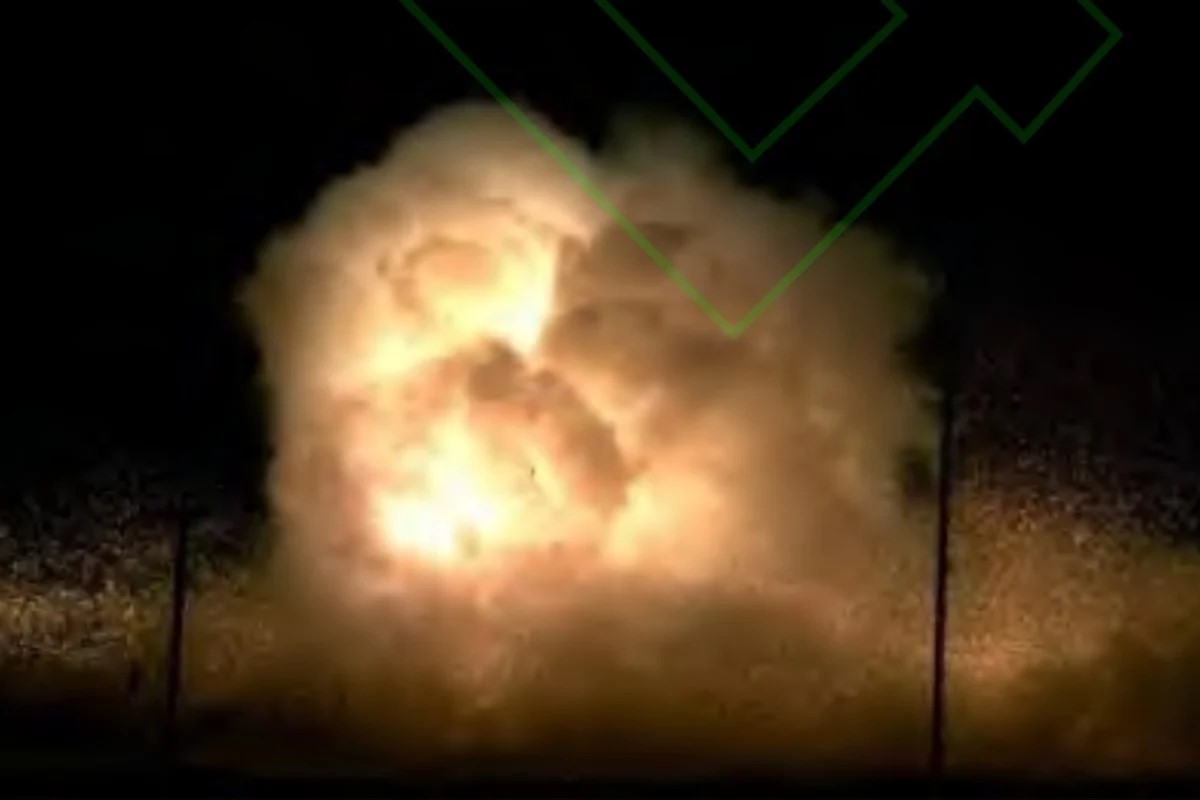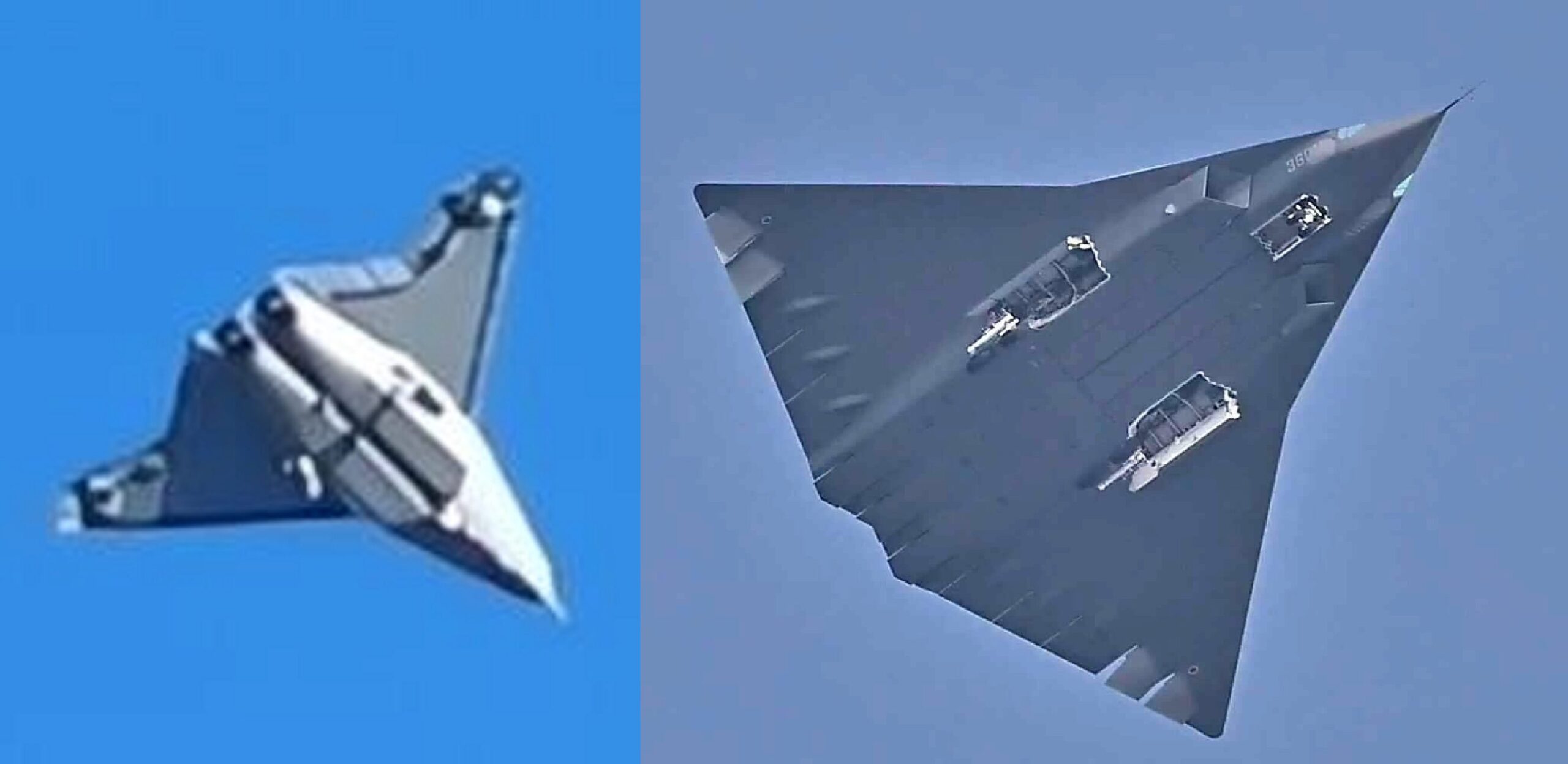According to results published in a Chinese military-science journal last month, chemists have detonated a non-nuclear hydrogen-based bomb that unleashed a fireball which burned 14-times longer than TNT.
Though releasing just 40% of the explosive kinetic force of TNT, the fireball from a 2 kilogram device exceeded 1,000°C (1,832°Fahrenheit) without any nuclear material powering it.
Developed by the China State Shipbuilding Corporation’s (CSSC) 705 Research Institute, it uses a fuel called magnesium hydride, a difficult-to-fabricate substance that holds more hydrogen than a compressed hydrogen fuel tank. China recently built a magnesium hydride manufacturing plant in the northern Shaanxi Province, which claims it can produce 150 tonnes per year, far more than existing commercial endeavors into this niche material have been able to reach.
Magnesium hydride is primarily investigated for its role as a potential fuel source for hydrogen fuel cell vehicles, due to its hydrogen density and light weight. It must be made in a very careful and controlled process as any mistake can lead to a fiery explosion, which has happened before at a hydrogen startup location in France.
In the CSSC explosive device, the magnesium hydride underwent rapid thermal decomposition, releasing hydrogen gas that ignited into a sustained inferno, the researchers said in a peer-reviewed paper published in the Chinese-language Journal of Projectiles, Rockets, Missiles and Guidance.
“Hydrogen gas explosions ignite with minimal ignition energy, have a broad explosion range, and unleash flames that race outward rapidly while spreading widely,” said the team, led by CSSC research scientist Wang Xuefeng, according to SCMP’s science editor, Stephen Chen.
“This combination allows precise control over blast intensity, easily achieving uniform destruction of targets across vast areas”.
The temperatures achieved in the explosion were enough to melt aluminum alloys, lasting as they did for more than 2 seconds, rather than the 0.12 seconds of heat generated from TNT.
The paper naturally didn’t speak on what conditions the People’s Liberation Army might deploy the weapon, but hypothesized that its power could be used to “cover large areas in intense heat” or be focused on “high value targets”.

Hypersonics around Taiwan
On April 1st and 2nd, China undertook a series of military preparedness exercises in the waters surrounding Taiwan. Analysis from The Diplomat details that the exercises contained the first instance of the PLA Air Force releasing images of H-6K bombers with hypersonic anti-ship missiles.
“If the footage of the H-6K taking off with munitions indeed originated from the April 1 exercises, it would represent China’s first public disclosure of the use of air-launched YJ-21 hypersonic anti-ship missiles in exercises around Taiwan,” wrote Chieh Chung,
an adjunct associate research fellow at the Institute for National Defense and Security Research, Taiwan. “This not only indicates the PLA’s preparation to counter US “anti-access/area denial” operations but also suggests a scenario where bombers could operate from the edge or even beyond the operational radius of Taiwanese aircraft”.
Operating that way would allow them to deploy these hypersonic missiles to target vessels on the far side of Taiwan—the side that faces the Pacific Ocean, where either civilian or military, they would be safer than vessels positioned at the north, south, and obviously China-facing west coast of the island.
The PLA Navy’s Shandong aircraft carrier battlegroup performed maneuvers designed to protect it from Taiwan-based short range missile systems and monitoring capabilities. Sailing down by the Philippines, it then entered the Western Pacific and sailed north to a tactical location about 440 kilometers south of Japan’s Yonaguni Island.
The maneuvering suggests that PLA Taiwan strategies involve encirclement and containment. Simulated footage released by Chinese state media at the outset of the April 1st exercises seemed to show Chinese weapons destroying the Yong’an natural gas receiving station on the narrow southern shore of the island, further indicating that a blockade must be somewhere within PLA battle plans. WaL
We Humbly Ask For Your Support—Follow the link here to see all the ways, monetary and non-monetary.
PICTURED ABOVE: An image of the magnesium hydride bomb. PC: China State Shipbuilding Corporation’s (CSSC) 705 Research Institute.



